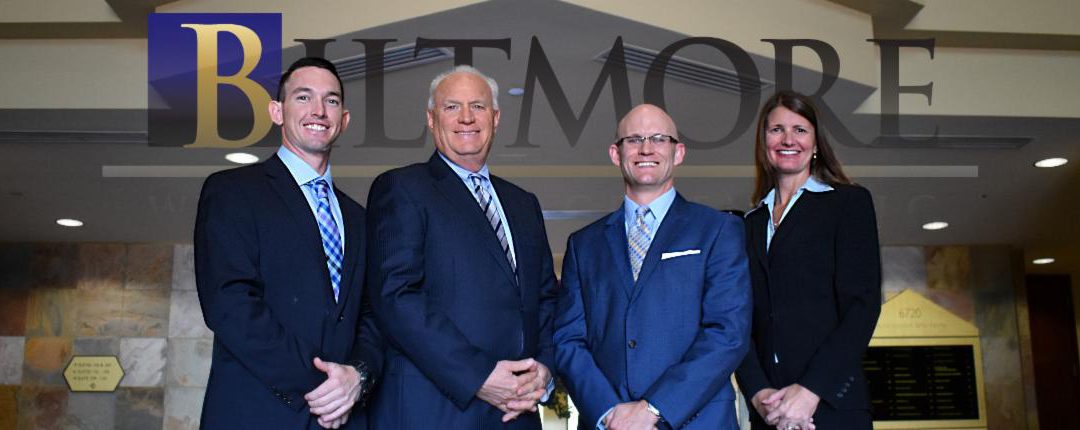Over the past 12 months, we have endured a global pandemic resulting in numerous deaths and hospitalizations, mass layoffs, a sinking economy, and a contentious presidential election. Our lives and lifestyles changed, where working and learning from home became the “new normal,” and in-person communication was replaced by virtual meetings. In short, 2020 was a very memorable year that tested our resolve, patience, and courage.
The year began with news of a SARS-like virus spreading in China. Little did we know the impact this contagion would impart on our health, politics, and economy. Late in January, the very first known case of COVID-19 in the United States involved a Washington state victim who had traveled from the city of Wuhan, China. By February, the growing number of reported cases of the virus prompted travel restrictions, stay-at-home orders, and shutting down of businesses both domestically and around the world. Aside from concern caused by the virus, we were consumed by the impeachment in February of President Trump, who was eventually acquitted by the Senate.
In March, the World Health Organization declared a global pandemic as the spread of the virus reached more than 100 countries, with more than 100,000 reported cases. By mid-March, President Trump declared a state of national emergency. World economies and stock markets were rocked by the spread of the COVID-19 virus. leading to major market sell-offs, plunging stocks well below their 2019 values. The U.S. first-quarter gross domestic product decelerated, only to continue in the second-quarter. Fear became the motivating factor in our lives — fear of contracting the virus, fear of losing a loved one to the virus, fear of job loss, and a fear of economic failure.
In response to the economic turmoil caused by the pandemic, several pieces of legislation were passed, including the Coronavirus Preparedness and Response Supplemental Appropriations Act, the Families First Coronavirus Response Act, and the massive COVID-19 rescue package, the Coronavirus Aid, Relief, and Economic Security Act (CARES Act), which included the Paycheck Protection Program and distribution of stimulus checks to qualifying individuals. In May, focus shifted to the death of George Floyd, which sparked protests and confrontations across the country.
The summer months saw a slight lull in the number of reported virus cases. Economies began to marginally recover, some businesses began to reopen, and travel restrictions were relaxed. However, as the availability of testing for the virus increased, so did the number of reported cases. Following the Democratic and Republican national conventions, the campaign for the presidential election captured the focus of most Americans for the rest of the year, although COVID-19 seemed to cast a shadow over almost every aspect of our lives.
The November presidential election resulted in the defeat of President Donald Trump by former Vice President Joe Biden, with the post-election period dominated by attempts to overturn the results through federal courts and state legislatures. Nevertheless, some positive news came at the end of the year with the development and initial dissemination of COVID-19 vaccines and additional legislation that provided $900 billion in pandemic-related stimulus.
The new year brings with it a sense of hope: hope that the virus will be controlled; hope for a return to some form of normalcy in our daily lives; hope for economic prosperity and job security; and hope for peace, both here and around the world — and a good riddance to 2020.





 Max Rossiter is a native of Gilbert, AZ and a recent graduate of Arizona State University where he earned a Bachelor of Arts degree in Public Service and Public Policy from the W.P. Carey School of business. He comes to the team as a Financial Advisor Associate, focusing on providing financial guidance for the professional and private clients.
Max Rossiter is a native of Gilbert, AZ and a recent graduate of Arizona State University where he earned a Bachelor of Arts degree in Public Service and Public Policy from the W.P. Carey School of business. He comes to the team as a Financial Advisor Associate, focusing on providing financial guidance for the professional and private clients. Jodi is originally from Redlands, California. She moved to Arizona in 1996 after receiving her Bachelor of Arts degree in Psychology from the University of Redlands. Her first job out of college happened to be as a receptionist at a small Broker/Dealer in Phoenix, and her interest in the world of finance was born. From receptionist, she moved on to larger firms and earned various securities licenses, working in Customer Service, Operations, Compliance, and finally, Trading.
Jodi is originally from Redlands, California. She moved to Arizona in 1996 after receiving her Bachelor of Arts degree in Psychology from the University of Redlands. Her first job out of college happened to be as a receptionist at a small Broker/Dealer in Phoenix, and her interest in the world of finance was born. From receptionist, she moved on to larger firms and earned various securities licenses, working in Customer Service, Operations, Compliance, and finally, Trading. Tim Carpenter started his financial career with Dean Witter 30 years ago. Tim serves as the Portfolio Manager and cornerstone of our Biltmore Wealth Management team. Tim’s primary focus on portfolio management provides a breadth of expertise and knowledge that enables the firm to manage risk and achieve financial goals for our clients.
Tim Carpenter started his financial career with Dean Witter 30 years ago. Tim serves as the Portfolio Manager and cornerstone of our Biltmore Wealth Management team. Tim’s primary focus on portfolio management provides a breadth of expertise and knowledge that enables the firm to manage risk and achieve financial goals for our clients. Kevin is a native of Buffalo, NY, a graduate of Mercyhurst College (Erie, PA), and has been advising individual investors since 1999. Kevin focuses on providing financial strategies to the professional athlete.
Kevin is a native of Buffalo, NY, a graduate of Mercyhurst College (Erie, PA), and has been advising individual investors since 1999. Kevin focuses on providing financial strategies to the professional athlete.